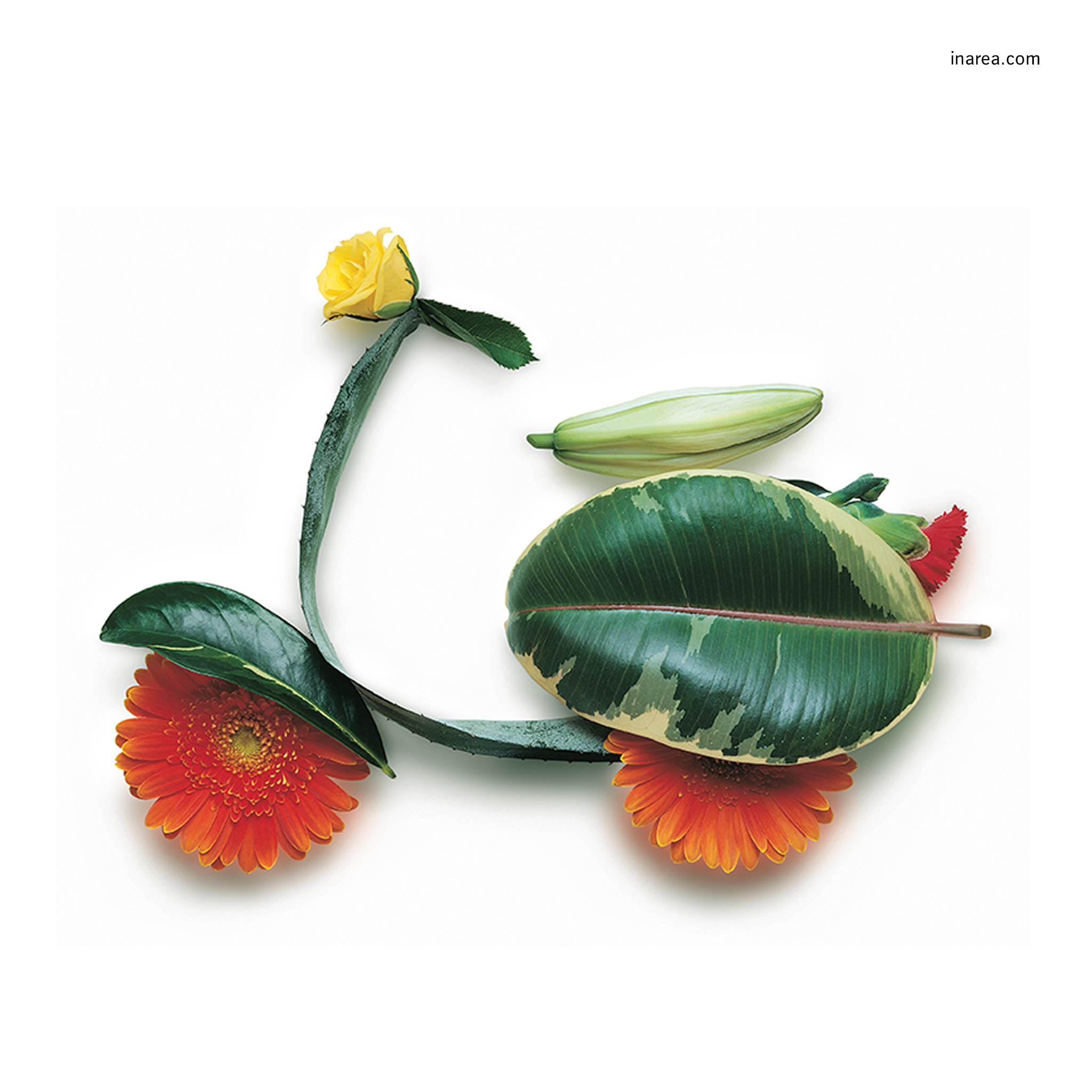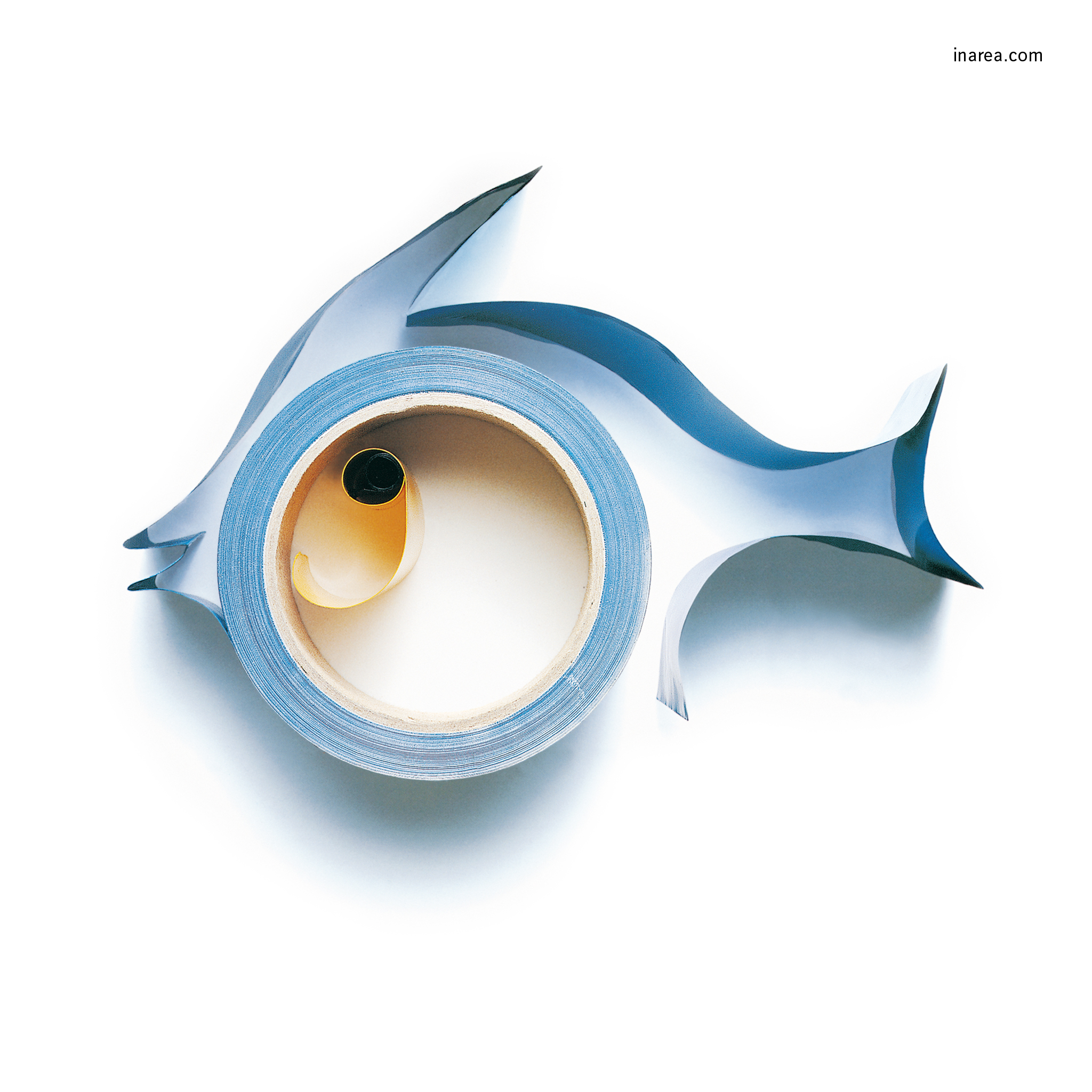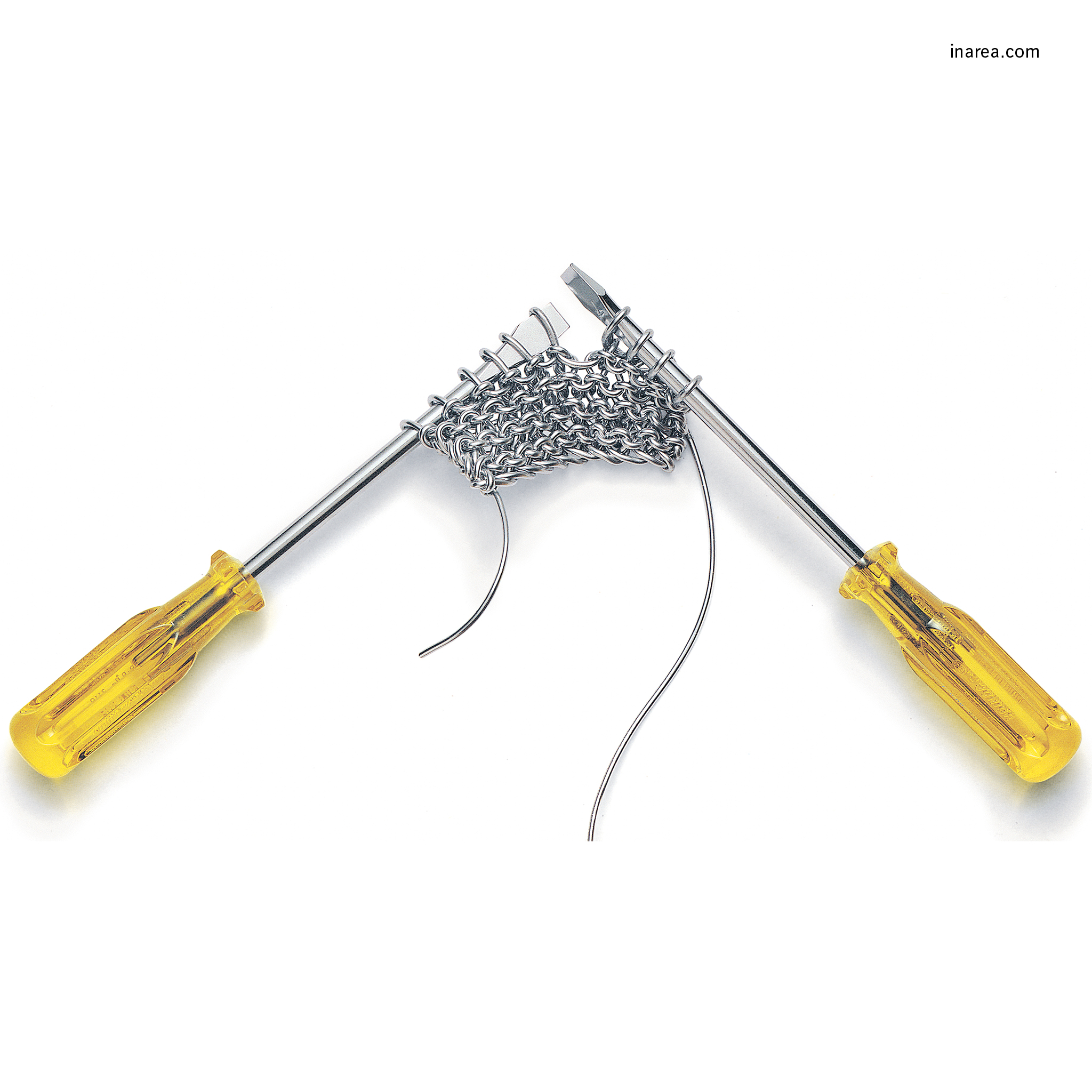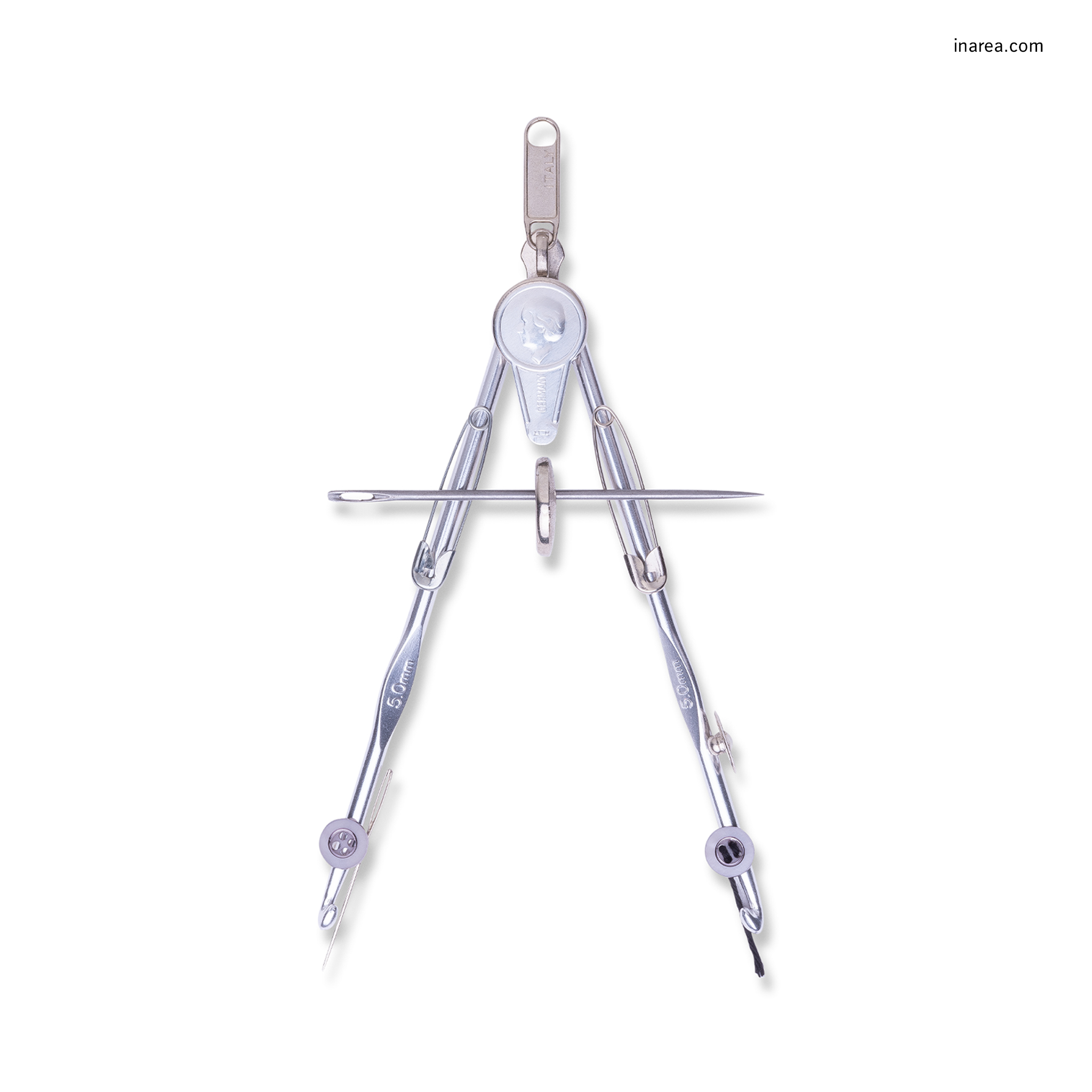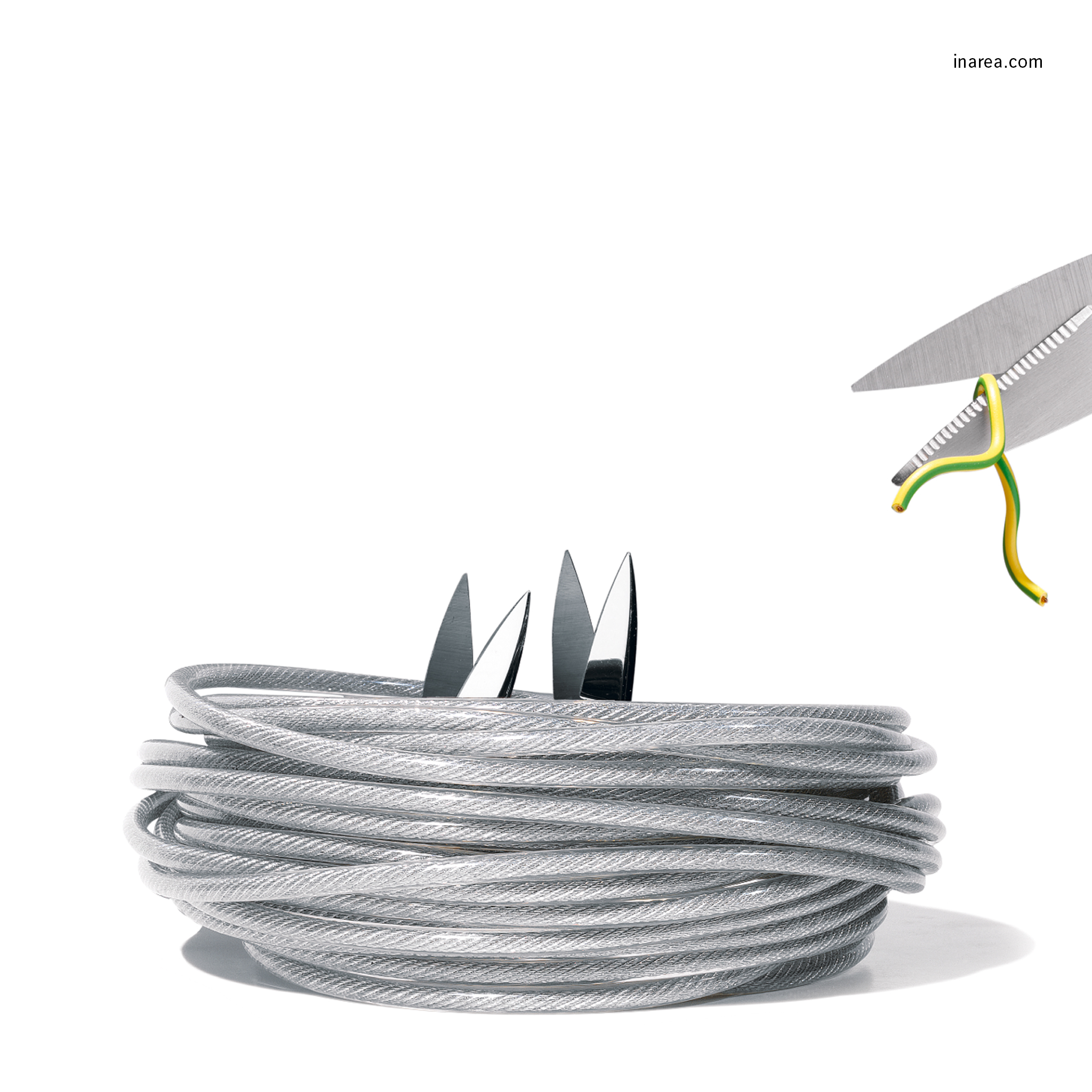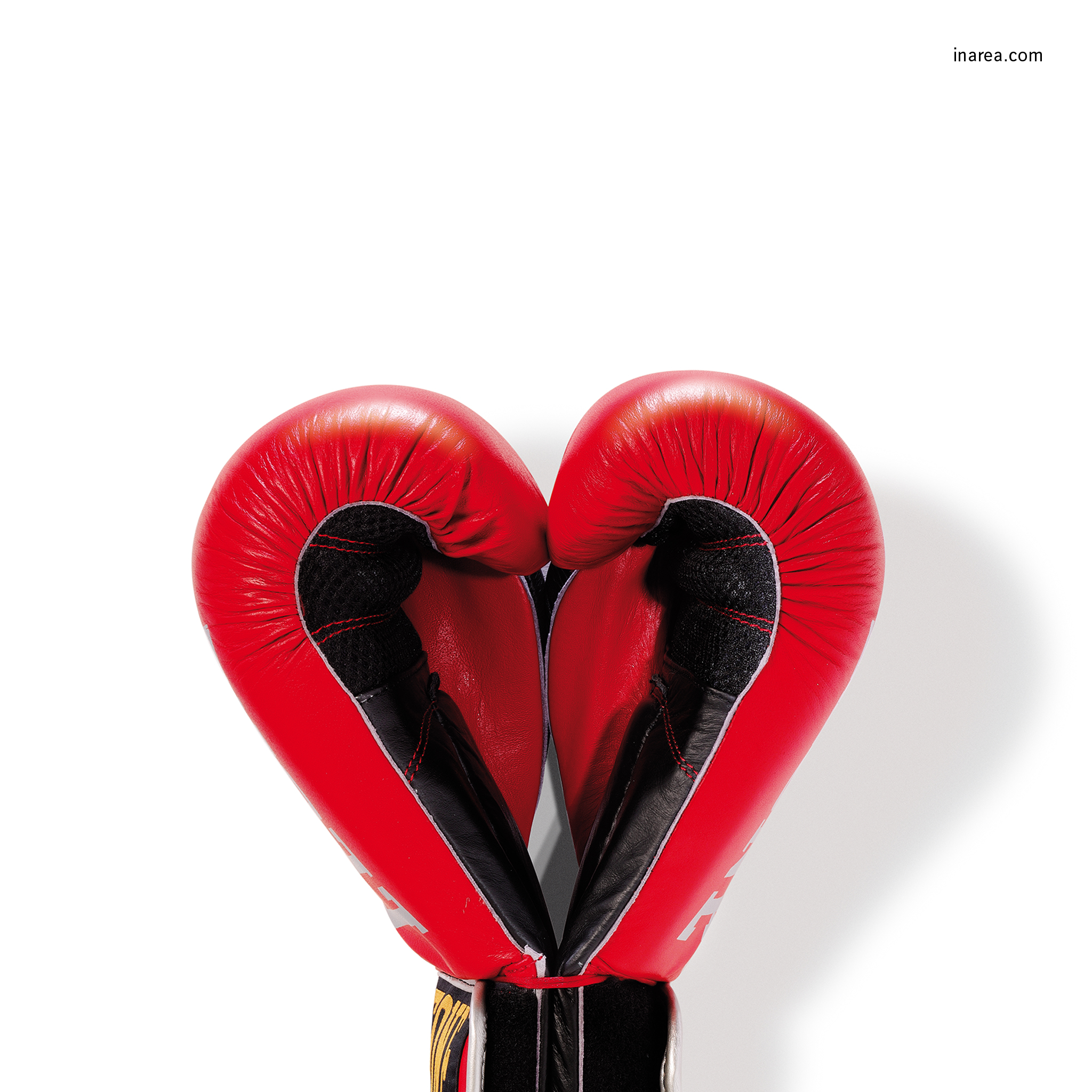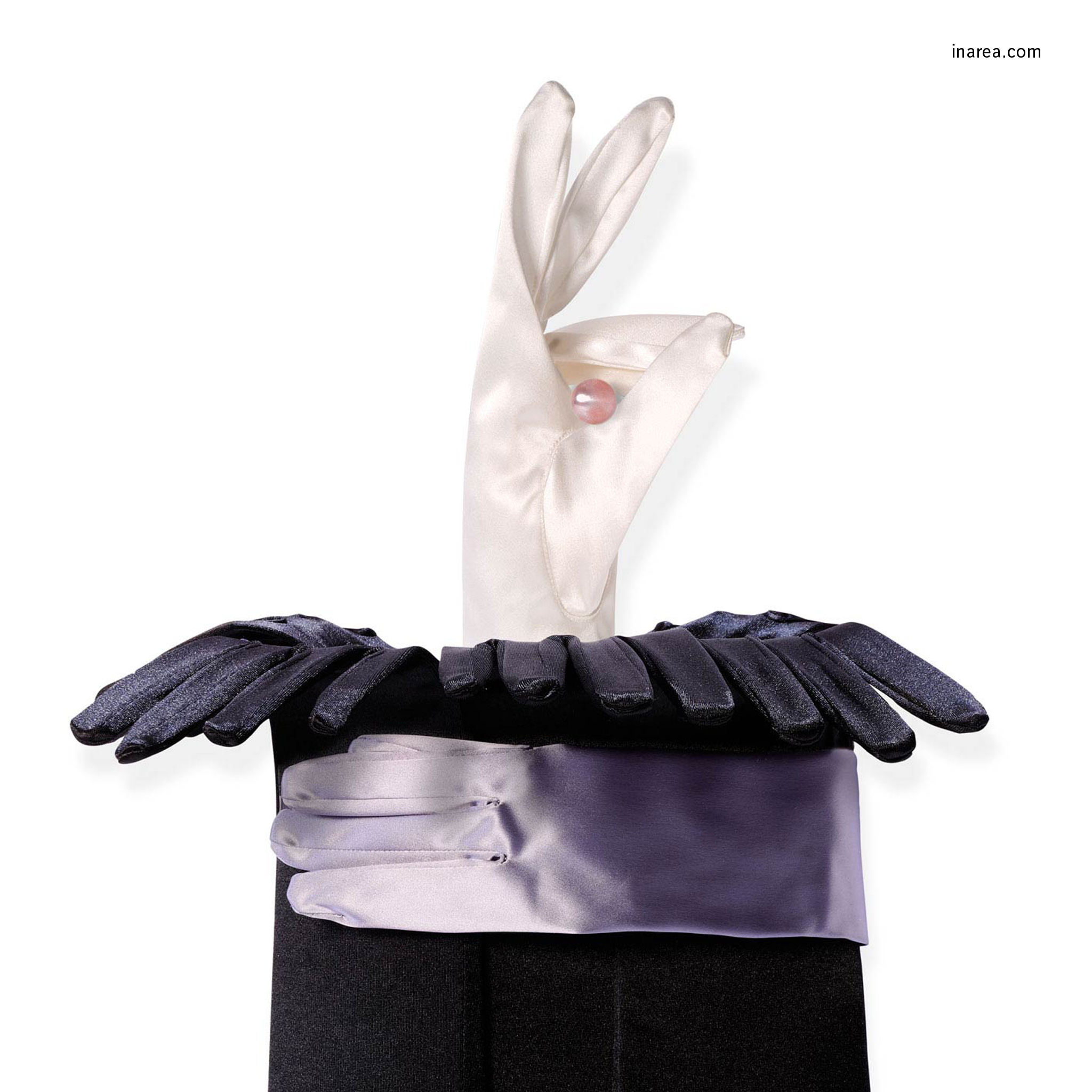Love and other Grand Tours
A romantic getaway from Brexit. Last week an article in The Times announced an agreement between Italy and the United Kingdom regarding a special “digital nomad visa” which will allow freelance UK citizens to work in the boot-shaped peninsula for a year. But it isn’t just the customs red tape that begs a parallel between this Grand Tour of the Third Millennium and that of the 18th century: there’s a clear sentimental driving force too, an urge to escape from grey clouds into bright sunshine… facilitated by the contemporary ‘cloud’. The British newspaper promises a “slice of la dolce vita”: even in getaways, there’s just no getting away from the Italian food stereotype. Luckily, history takes care of spreading pollen around. In the 1800s Mary Shelley kept a diary covering her journey to Italy which seems to fit neatly inside the perfect picture-postcard format: she wrote about the Italian secret society whose members advocated liberal and patriotic ideas (i.e. the “Carbonari – not to be confused with “Carbonara”, the popular Roman egg-and-bacon pasta dish which, incidentally, had its annual “Carbonara Day” celebration two days ago, on April 6th), political uprisings, and the underground culture that flourished in Austria-ruled Italy. Therefore, dear English nomads, come one, come all… and tell us something about ourselves that we don’t already know. The Vespa ride, followed by a stop under the nearest bell-tower to pluck the petals off a daisy and perform the “loves-me/loves-me-not” routine, are on us: not all Italian stereotypes wither.

